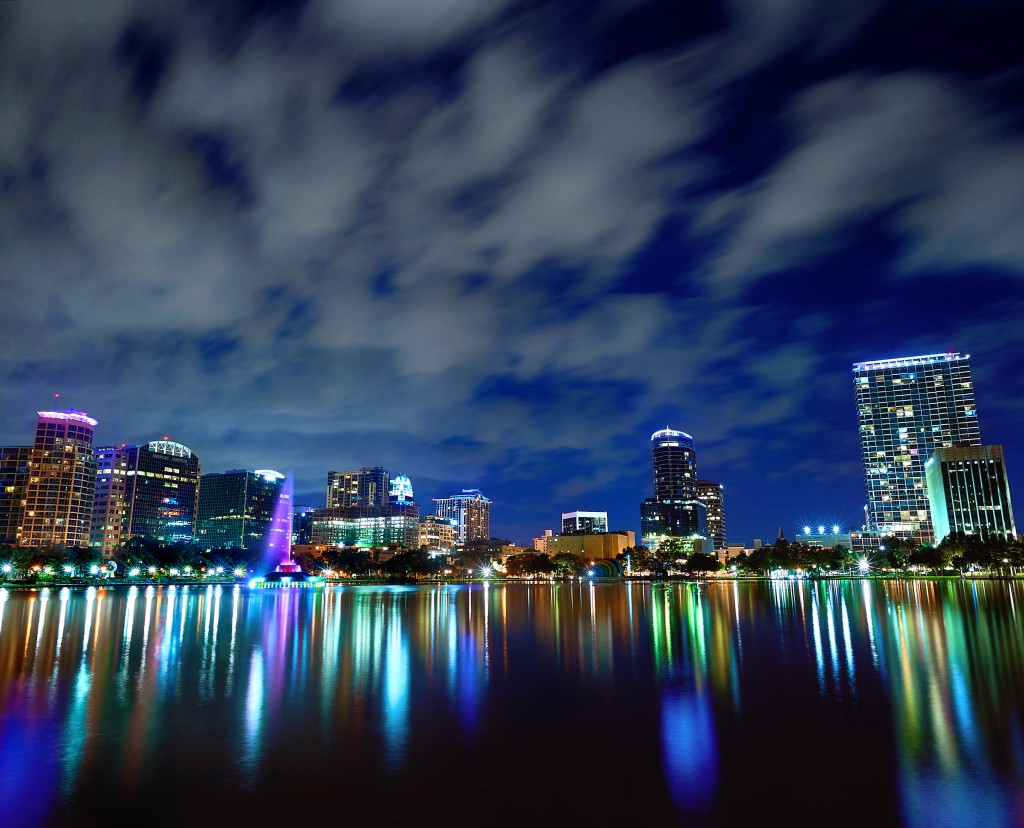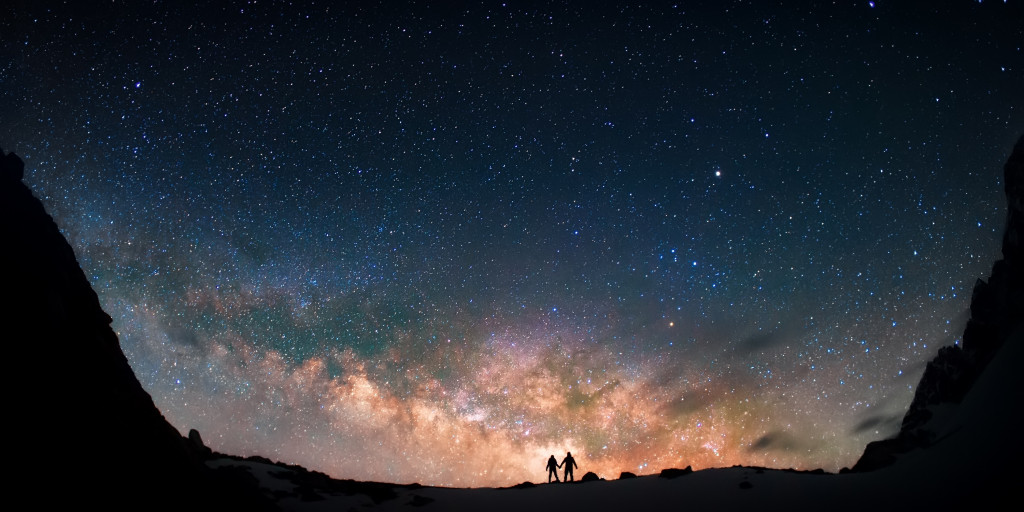It may sound intimidating, but astrophotography is just a fancy term about taking pictures of stars. It’s a great way to learn or enhance a skill while traveling. If you like road trips or camping, it’s a great way to keep a souvenir of your stay. Your appreciation for nature and astronomy will deepen.
Here are three essentials to start your astrophotography journey:
1. Location
You’ll need a location with minimal light pollution. National parks are a great place to start. They have a lot of space where you can set up camp and accessible trails for wheelchair users. If you’re too far away from one, you can use a lighting pollution tracker to scout nearby locations. Besides parks, you can also get great results at mountains and campgrounds. These locations also bring in another advantage: the natural features. Because of the interesting rock formations and trees, they add an element to the photos. While a photo full of stars is pretty, a subject in the foreground takes it to the next level.
Unfortunately, it’s too difficult to take good night photos in the city. There are too many light obstructions from buildings and other structures. You’ll have to travel a bit if you live in a big city.
2. Equipment
The downside to astrophotography is that you can’t use alternatives. You really need the right equipment to get quality results. First, get a DSLR or mirrorless camera. You won’t need one from the top of the line if you’re a beginner. Most modern cameras are capable of taking quality pictures. But if you want to splurge, there are models that are designed for astrophotography. They have special features like extensive zoom ranges and incredibly high-resolution capabilities. Then, you need a wide-angle lens with a short focal length and large aperture. These types of lenses will allow you to take clear and full pictures of the panorama.
The good news is that you don’t have to buy all the equipment if you don’t have the budget yet. There are plenty of places where you can rent all camera-related gadgets you’ll need.
3. Patience

Astrophotography also requires a lot of patience. You can’t shoot whenever you have a whim. It often requires planning ahead of time. You’ll need good weather and clear skies. Unless you intend to take photos of the moon itself, schedule your trips when the moon is least visible. Otherwise, the moon will just look like a bright circle and wash the stars out. New moon takes place every month, so you have ample time to plan a trip. There are also plenty of resources like sites and apps that track its phases and appearance.
When you’re on the trip itself, you’ll need a lot of patience. You have to find a good spot to take photos and wait for the darkest time of the day. Then, you’re bound to take a lot of bad pictures before you get a good one, but it will be worth the wait.
If you have the equipment and time, why not take up astrophotography? It’s a fun and unique hobby. Plus, you’ll see the world in a new light.




